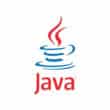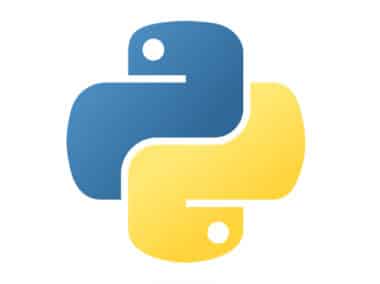In Java programming language, a function is also known as a method. A method is a block of code that performs a specific task. It is defined within a class and can be called from within the class or from another class.
Functions are essential programming constructs that help to break down complex tasks into smaller, manageable pieces of code. By defining functions, you can perform specific tasks and call them whenever you need, making your code more organized, efficient, and reusable.
Defining a Function
To define a function in Java, you need to use the following syntax:
[access specifier] [return type] [function name]([parameter list]){
return [expression]; }
The access specifier determines the visibility of the method, and it can be public, private, protected, or default. The return type specifies the data type of the value that the function returns. If the function doesn’t return anything, its return type is void. The function name is the name of the function, and it should be descriptive of the task that the function performs. The parameter list is a comma-separated list of input parameters to the function. Each parameter has a data type and a name. The function body is the code that performs the specific task of the function, and the return expression is the value returned by the function.
Here is an example of a function that returns the sum of two integers:
public int sum(int a, int b){
int result = a + b;
return result;
}
In this example, the function is named sum, and it takes two integers as input parameters. The function body calculates the sum of the two integers and returns the result.
Calling a Function
To call a function, you need to provide the function name and the arguments (if any) within parentheses. Here is an example of calling the sum function:
int x = 5;
int y = 7;
int z = sum(x, y);
System.out.println(z);
In this example, the sum function is called with the arguments x and y, and the returned value is stored in the variable z. The System.out.println() method is used to print the value of z to the console, which is 12, the sum of x and y.
Passing Arguments
As mentioned earlier, a function can take input parameters. These parameters are used to pass values to the function. Here is an example of a function that takes two integers as input parameters and returns their product:
public int multiply(int a, int b){
int result = a * b;
return result;
}
To call this function, you need to pass two integers as arguments:
int x = 5;
int y = 7;
int z = multiply(x, y);
System.out.println(z);
In this example, the multiply function is called with the arguments x and y, and the returned value is stored in the variable z. The System.out.println() method is used to print the value of z to the console, which is 35, the product of x and y.
Returning Values
A function can return a value using the return keyword. The value returned must be of the same data type as the return type specified in the function definition. If the function doesn’t return anything, its return type should be void.
Here is an example of a function that doesn’t return anything:
public void greet(){
System.out.println("Hello, World!");
}
To call this function, you simply need to write:
greet();
In this example, the greet function is called without any arguments, and it doesn’t return any value. The function body prints the message “Hello, World!” to the console.
Conclusion
Functions are an essential part of Java programming language. They allow you to break down complex tasks into smaller, manageable pieces of code. You can define functions to perform specific tasks and call them whenever you need. By passing arguments and returning values, you can create powerful functions that can be used repeatedly in your code.
In summary, a function in Java is a block of code that performs a specific task, and it is defined within a class. To define a function, you need to specify the access specifier, return type, function name, parameter list, function body, and return expression. To call a function, you need to provide the function name and the arguments (if any) within parentheses. By using functions, you can make your code more organized, efficient, and reusable.



